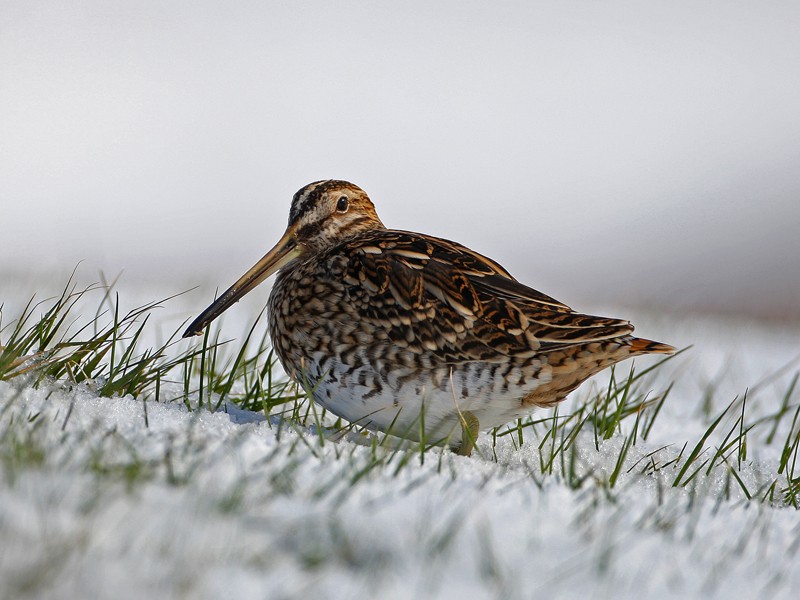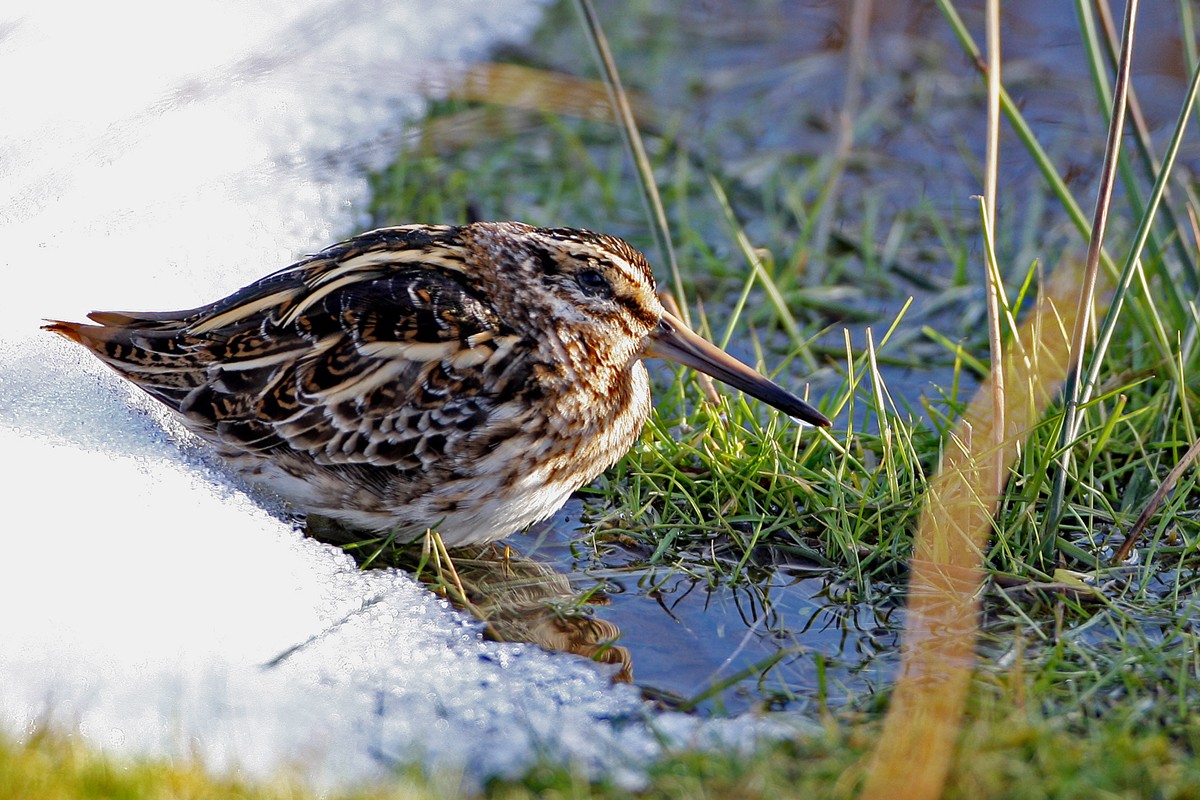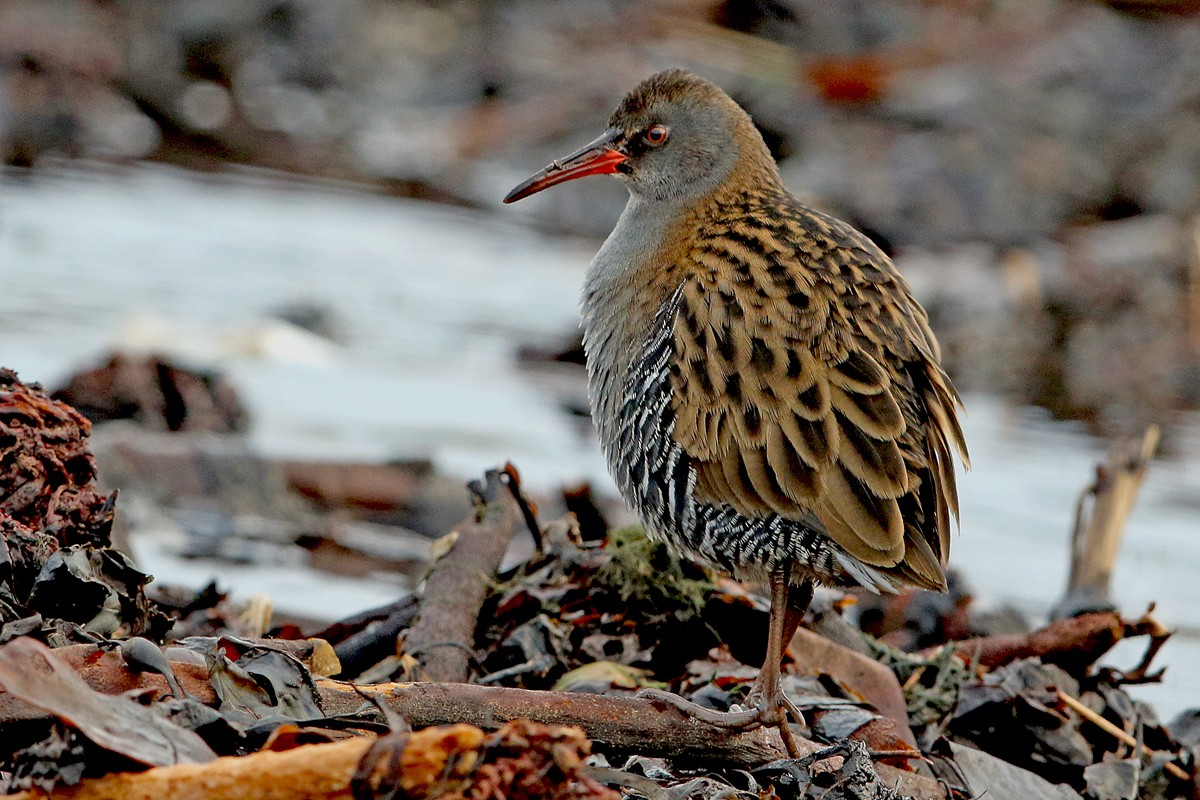Birds and the Big Freeze
Published: 15 February 2021
Its been a good few years since Shetland has faced a fortnight of freezing weather. Its not so bad for us – we can just put on the thermals, wrap up warm and get out and enjoy the snow and sun in the knowledge that we can come home to a warm house and a cupboard full of food. For our wintering birds though it’s a matter of life or death. Do they try and see the winter out in Shetland, minimising the risks of having to migrate further afield and being that much closer to the breeding grounds to grab a good territory in the spring. Or do they move further south where warmer weather means the food supply is more secure but they have to face the added risks of a longer migration and maybe missing out on the best breeding territories when spring arrives. And if the cold continues to bite and they hang on too long, then they might no longer have the fat reserves necessary to fly south from Shetland to escape the hard weather.
Although unpleasant for the birds, one of the benefits of a hard frost for wildlife-watchers is that we sometimes get treated to close-up views of birds we otherwise rarely see. Waders have surprisingly soft, pliable bills, sensitive enough to feel food items as they probe wet ground. Once the ground freezes though, their bills cannot penetrate the damp soil so birds like Snipe, Jack Snipe and the nocturnal Woodcock are forced to leave the dense cover that they normally frequent to search for areas of running water which remain frost free. That’s why if you’ve been lucky you have seen them in your garden or emerging from roadside ditches as you walk by. Another skulking species the Water Rail is also forced out of the densely vegetated marshes that it normally favours into more open areas to search for any food offerings and if you feed birds then there is a good chance you may have had one cautiously searching for a few titbits cocking its tail as it goes. Water Rails are probably under-recorded in Shetland so we would be keen to hear from anyone that has seen one this winter.

The Snipe is a common breeding bird and winter visitor in Shetland but normally only seen when displaying during spring or when flushed noisily at close range. This winter has provided super opportunities to witness its cryptic plumage up-close.

The Jack Snipe is only two-thirds the size of its larger cousin and has a much shorter bill and more strikingly patterned upperparts. It only visits Shetland on migration with a few remaining to winter. The plumage means it is so well camouflaged that the bird is often confident enough to hunker down and sit it out when a potential predator comes close only flying at the last second. They are almost impossible to find on the ground even when you see where one lands!

The Water Rail spends most of its time walking around in dense vegetation in marshes. Its pig-like squealing call sometimes betrays its presence. It rarely flies and its hard to believe that with its short, rounded wings it is capable of flying across large bodies of water like the North Sea.
Paul Harvey, Natural Heritage Officer
We hope you have enjoyed this blog.  We rely on the generous support of our funders and supporters to continue our work on behalf of Shetland. Everything we do is about caring for Shetland's outstanding natural and cultural heritage on behalf of the community and for future generations. Donations are welcomed and are essential to our work.
We rely on the generous support of our funders and supporters to continue our work on behalf of Shetland. Everything we do is about caring for Shetland's outstanding natural and cultural heritage on behalf of the community and for future generations. Donations are welcomed and are essential to our work.

